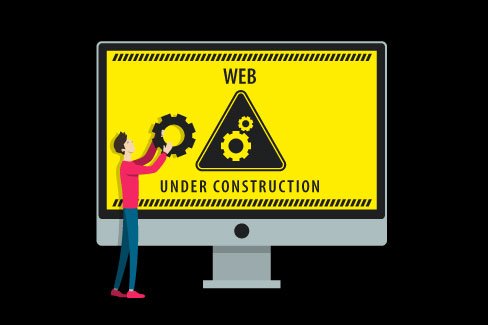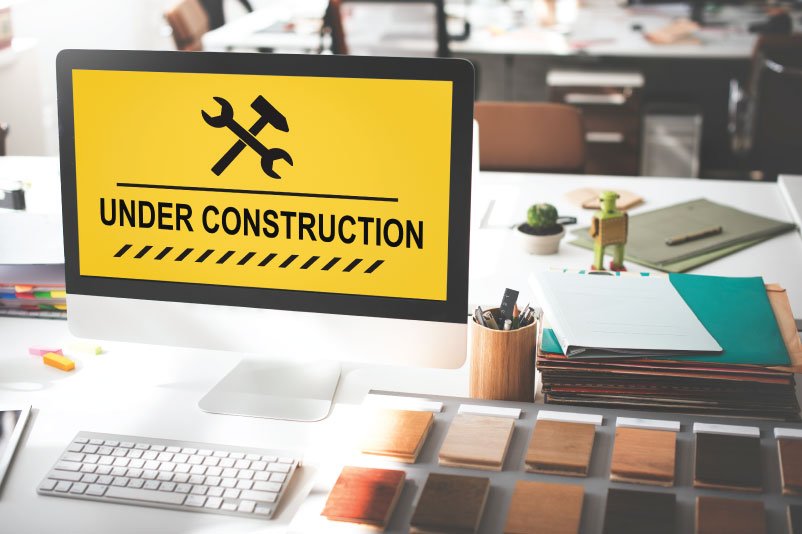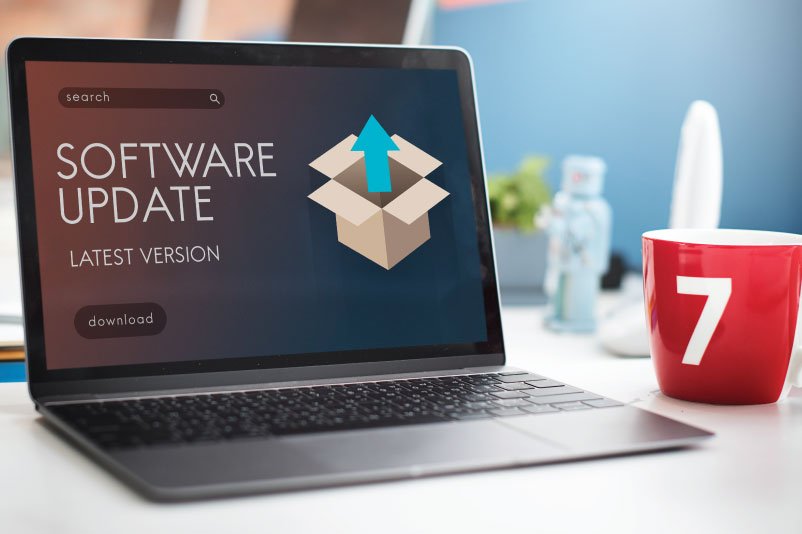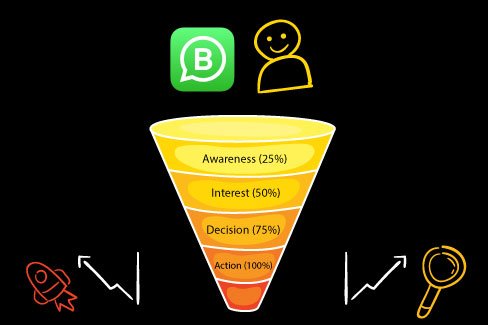
Website Maintenance and Updating: Why should I do it?

Table of Contents
In an increasingly digitalized world, having a website is no longer an option: it is a fundamental pillar of any brand, company or individual that aspires to be relevant.
But here’s the catch: launching a website is like planting a seed and walking away. If you don’t water it, care for it and protect it, that seed, no matter how well planted, will never thrive. The same goes for your website.
Building a site without ongoing maintenance and upgrades is like letting a well-oiled machine gather dust and rust. Over time, it becomes inefficient, prone to breakdowns and, worse, irrelevant.
In this article, we’ll take an in-depth look at why regular maintenance and updates are not only recommended, but essential. From improving performance to enhancing security and boosting SEO rankings, we’ll explore how these practices can help your website reach its full potential, along with the costs and strategies that go along with them.
What is Web Page Maintenance and Updating?
In essence, website maintenance revolves around a series of periodic actions, some visible, some covert; this ensures that your website remains fully operational, secure and effective.
Think of it like performing diagnostics on a high-performance car; you wouldn’t let your vehicle run indefinitely without maintenance, would you? Maintenance means checking for errors, optimizing charging speed, ensuring mobile compatibility and much more.
Updating a website, on the other hand, is like remodeling your storefront or revamping a product range. Often, this process involves adding new content, reimagining the user interface, integrating cutting-edge functionality and ensuring that legal and privacy policies are in line with the latest regulations.

Why should Web Page Maintenance and Updating be done?
You may be thinking: Why do I have to keep tweaking something that already works? Here’s the thing: Websites are never finished products. They live, they evolve, and if left unattended, they can deteriorate. Here are some compelling reasons why regular maintenance is absolutely crucial:
1. Trust and credibility: First impressions are important and on the Internet, they happen in a matter of seconds. Imagine landing on a website with outdated content, broken links or, worse, a design straight out of the early 2000s. That immediately erodes trust.
Maintaining a fresh, modern look with up-to-date information keeps visitors interested and reinforces your credibility. It’s more than just aesthetics, it’s about instilling confidence and demonstrating that your company is dynamic, relevant and forward-thinking.
2. Security: Cyber threats don’t sleep. Hackers evolve, malware becomes more sophisticated and your once secure website can suddenly become a prime target. Regular maintenance ensures that your CMS, plugins and security patches are always up to date, fortifying your site against breaches, vulnerabilities and cyber-attacks.
If you skip these updates, it is possible that your website could be compromised, resulting not only in data loss, but also in a major blow to your reputation.
3. Performance: A slow website is the digital equivalent of a clunky, creaky door. Visitors won’t stick around to see what’s inside. Performance updates keep your site fast and smooth, ensuring that every visitor enjoys a frictionless experience.
What’s the result? Higher engagement, lower bounce rates and an overall boost to your online reputation.
4. SEO: In the ever-changing world of SEO, standing still means falling behind. Search engines reward new and well-maintained sites with higher rankings.
Adding new content, optimizing existing assets and making technical improvements can make the difference between appearing on page one of Google or languishing in obscurity. And remember, the better you rank, the more traffic your site will attract.
How Often Should Web Page Maintenance and Updating Be Done?
This is where things get nuanced. The answer to how often you should maintain and update your website depends largely on your complexity, traffic and goals.
However, for reference, every three months is a good starting point for general maintenance. High traffic sites or those with frequent content changes may require weekly or even daily attention.
What does Web Page Updating and Maintenance consist of?
Now that you know why website maintenance is critical, let’s take a look at what it consists of. Here are the key elements:
1. Software and security updates: Updating your CMS and plugins is critical, as they are the backbone of your website, whether it is WordPress, Joomla or another CMS, it relies on third-party plugins. Each update fixes bugs, patches security holes and ensures compatibility with the latest technologies.
Also, you should keep security patches up to date, as hackers are quick to take advantage of outdated software. Routine updates are your first line of defense against potential vulnerabilities.
2. Interface and user experience optimization: Visual design trends evolve, and what looked elegant a year ago may look dated today. Periodic updates to the design and user experience keep the site fresh and functional.
Revising the mobile interface is critical as the percentage of mobile users continues to grow. Ensuring a smooth mobile experience must be a priority.
3. Performance checks: Page load times, in terms of speed, is not only a matter of user satisfaction, but also a ranking factor for search engines. Periodic performance audits will help you identify areas for improvement.
It is also important to monitor the uptime of your website, as it must be active and accessible 24 hours a day, 7 days a week. Uptime monitoring ensures that your site is available when users need it most.
4. Content updates: New blog posts, news and products are part of publishing new content, which keeps users interested and indicates to search engines that your site is active.
5. Visual refreshment: Rotate and update multimedia elements, such as videos, infographics or images, to avoid stagnant user experiences.
6. Add new features: As your business grows, so should your website. Whether it’s integrating a new CRM, adding e-commerce capabilities or introducing customer service tools, functionality upgrades keep your site relevant and useful.
7. Legal and privacy compliance: With regulations such as GDPR and CCPA, staying compliant with privacy laws is essential.
Regularly updating your legal documentation protects your business and builds trust among your users.

How much does all this cost?
Prices for website maintenance and upgrades can vary drastically depending on several factors, such as:
- Complexity: A large, feature-rich website will naturally require more resources to maintain than a simple brochure site.
- Frequency: More frequent upgrades and maintenance sessions will increase costs. However, these expenses can be considered investments that prevent more costly problems in the future.
- Specific upgrades: Some upgrades, such as custom functionalities or redesigns, require more resources and are therefore more expensive.
Conclusion
Maintaining and updating your website is non-negotiable. Yes, it takes time, effort and money, but the cost of neglecting these tasks can be catastrophic. Outdated, slow or vulnerable websites risk losing traffic, trust and even their integrity.
Regular maintenance and updates not only protect your investment, but also ensure that your site remains a powerful tool for driving business growth and engagement.


